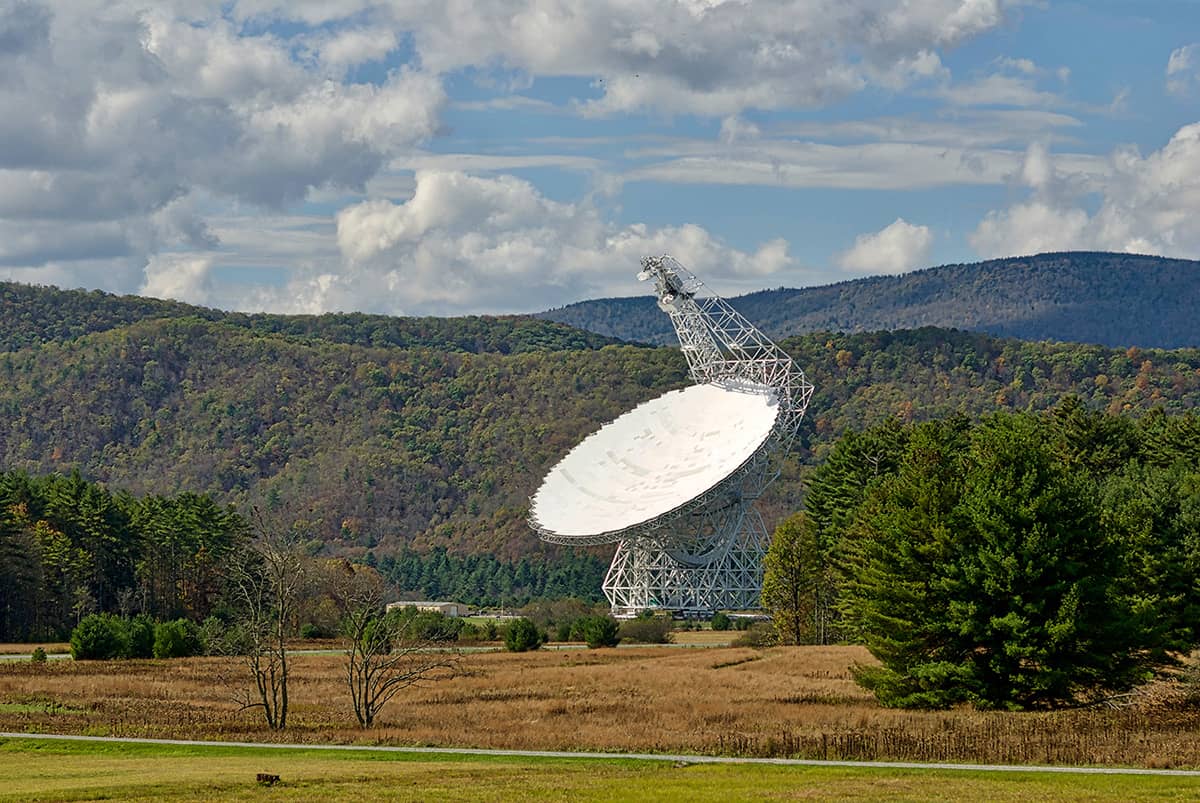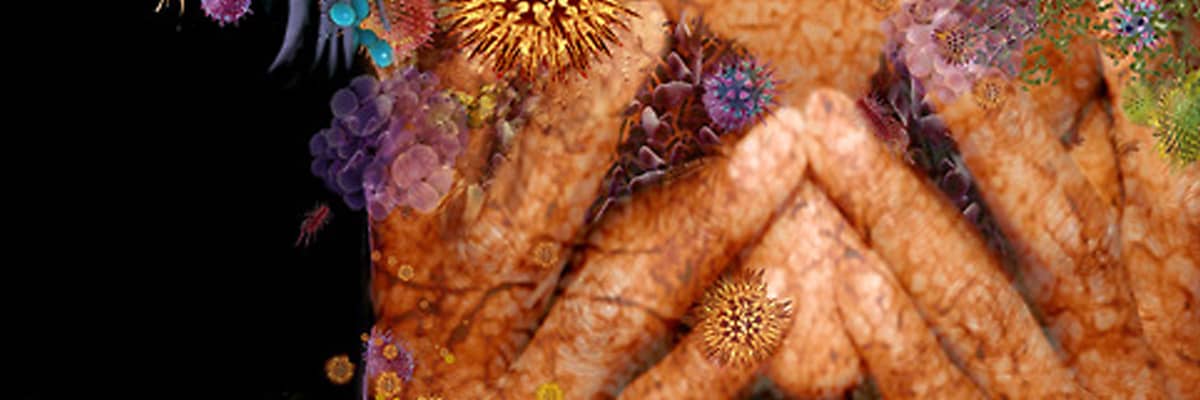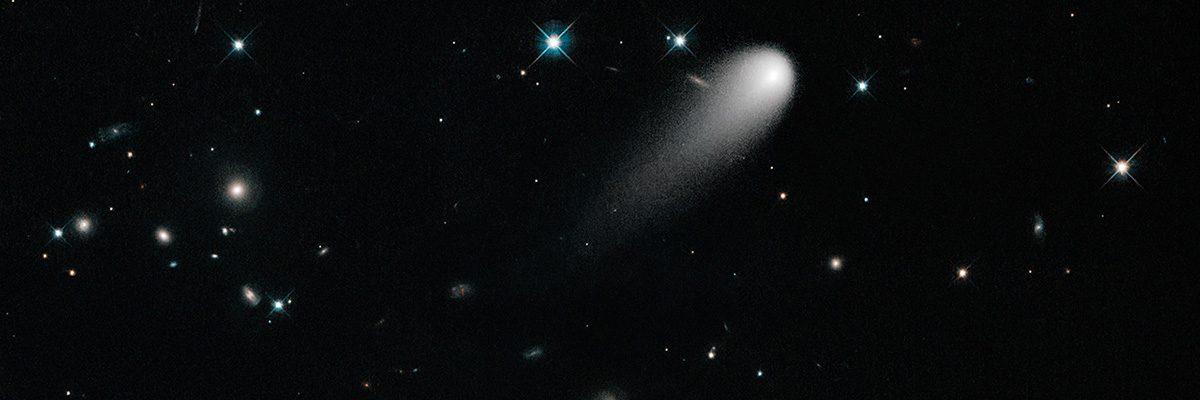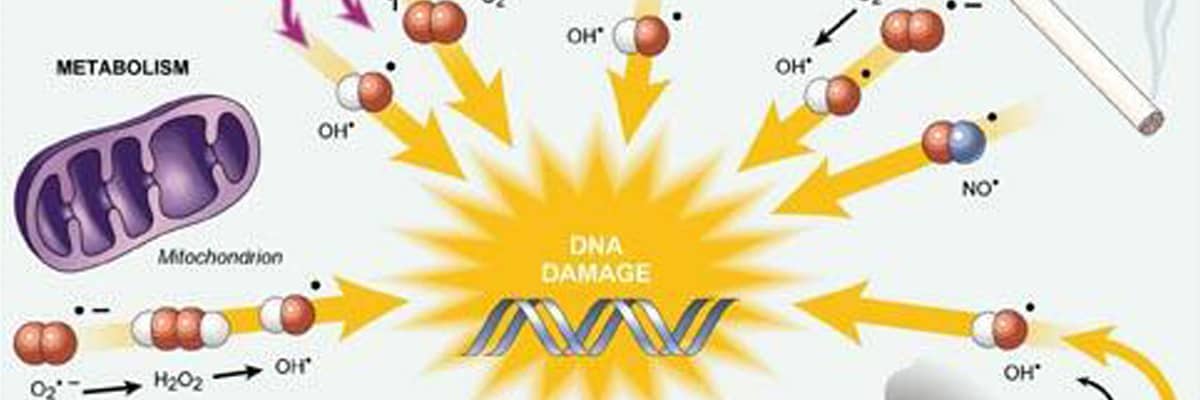Unlocking the Secrets of Asteroid YU55: A Deep Dive with the Green Bank Telescope
In an ambitious endeavour to peel back the layers of cosmic mysteries, Dr. Michael Busch and his team have turned their sights toward asteroid YU55, utilizing the formidable Green Bank Telescope (GBT) to explore what lies beneath its surface. This initiative aims to measure the temperature of the material beneath the asteroid’s crust and quantify the energy required to alter this temperature. This research marks a significant leap in our understanding of asteroids, potentially unveiling new insights into the formation and evolution of our solar system.
Asteroid YU55, a near-Earth object discovered in 2005, has intrigued scientists with its relatively close approaches to Earth and size, measuring approximately 360 meters in diameter. Its proximity and dimensions make it an ideal candidate for detailed study, offering a window into these celestial wanderers’ composition and thermal properties.
The Green Bank Telescope, nestled in the National Radio Quiet Zone in West Virginia, USA, is the world’s largest fully steerable radio telescope. Its sensitivity and precision make it an invaluable tool for probing the mysteries of the universe, from distant galaxies to nearby asteroids like YU55. By analyzing the radio waves emitted and reflected by the asteroid, Dr. Busch and his team can infer the temperature below its surface and the specific heat capacity of its material—essentially, how much energy is required to change the temperature of this material.
Understanding the thermal properties of YU55 opens up new avenues of inquiry into the broader questions of asteroid composition and behaviour. For instance, knowing how heat is absorbed and retained by an asteroid can offer clues about its structure, including whether it’s a solid rock or a “rubble pile” composed of many more minor rocks held together by gravity. This information is crucial for assessing the threat of near-Earth objects and developing potential strategies for asteroid deflection or resource utilization.
Furthermore, the study of YU55’s thermal properties can shed light on the conditions of the early solar system. Asteroids are considered to be remnants of the primordial material that formed the planets. By understanding their composition and thermal characteristics, scientists can piece together the history of solar system formation and the processes that led to the creation of Earth and its neighbours.
Dr. Busch’s work with the Green Bank Telescope represents a critical step in exploring the solar system’s smaller bodies. By expanding our knowledge of asteroids like YU55, we enhance our ability to protect Earth from potential impacts and deepen our understanding of the cosmos and our place within it. This research underscores the importance of continued investment in space science and the technologies that enable it, as each discovery brings us closer to answering the fundamental questions of our existence.




